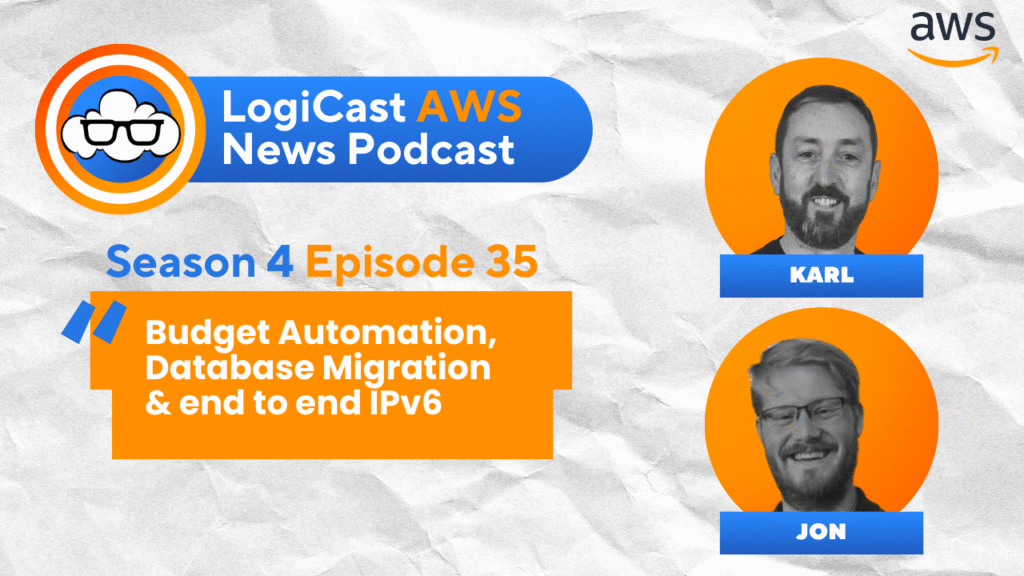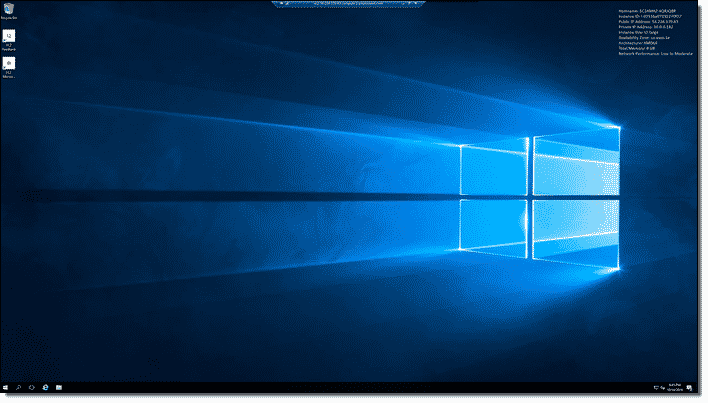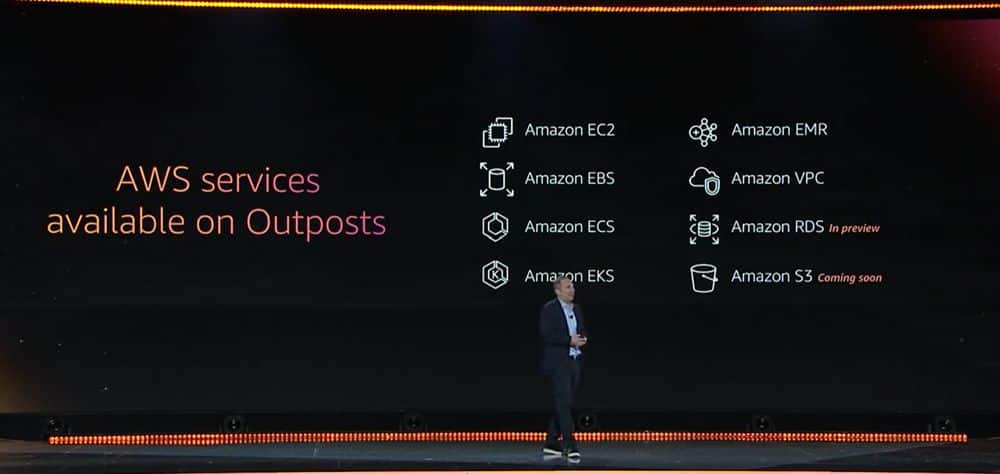
Logicata AI Bot
April 23, 2025
The Logicata AI Bot automatically transcribes our weekly LogiCast AWS News Podcasts and summarises them into informative blog posts using AWS Elemental MediaConvert, Amazon Transcribe and Amazon Bedrock, co-ordinated by AWS Step Functions.
In this week’s episode of LogiCast, host Karl Robinson, co-host Jon Goodall, and special guest Sathyajith Bhat, an AWS Hero, delve into the latest AWS news and industry developments. From new features in Amazon CloudFront to discussions on sustainability in the tech industry and market competition, this episode covers a wide range of topics relevant to AWS users and cloud professionals.
CloudFront Enhancements: Anycast Static IPs for Apex Domains
The first topic of discussion revolves around a new feature announcement for Amazon CloudFront. AWS has introduced support for anycast static IPs for apex domains, a development that caught Sathya’s attention. He explains that anycast is a networking methodology where multiple devices share the same IP address, allowing for efficient routing based on network hops and latency.
Sathya highlights the significance of this feature for apex domains, also known as naked domains. Traditionally, DNS specifications didn’t allow CNAME records for raw domains, but providers like Cloudflare introduced workarounds such as CNAME flattening. AWS’s implementation now allows users to point their apex domains directly to CloudFront without the need for www subdomains.
Jon adds that this feature is particularly beneficial for users with DNS providers that don’t support alias records or CNAME flattening. It simplifies the process of using CloudFront for entire domains, reducing the number of DNS records required from 21 to just 3.
Both Sathya and Jon emphasize the advantages of this feature for IP whitelisting scenarios and overall operational efficiency. They agree that it’s a significant step forward for AWS in competing with other CDN providers like Cloudflare.
VPC Peering Billing Simplification
The conversation then shifts to AWS’s announcement about simplifying VPC peering billing. Jon explains that while VPC peering itself is free, there are charges for inter-availability zone data transfer. The new billing update aims to provide more clarity by separating VPC in and out traffic from inter-AZ traffic in the billing breakdown.
Jon suggests that this change will make it easier for users to explain costs to their finance teams, although he notes that it’s more relevant for those already using VPC peering. For new setups, he recommends considering Transit Gateway for a more comprehensive solution.
Sathya, while admitting less familiarity with billing intricacies, points out potential confusion in the naming convention of the new usage type. He agrees that any effort to make billing clearer is beneficial but questions how many users actually scrutinize their bills at this level of detail.
AWS Backup Restore Testing
The discussion moves on to a blog post about AWS Backup restore testing, a feature launched in November 2023. Jon expresses enthusiasm for this capability, noting its importance in validating backup integrity. He explains that the feature allows users to automatically test their backups, ensuring that they can be successfully restored when needed.
Jon highlights the significance of backup testing for compliance with cybersecurity frameworks and ISO standards. He describes the process as relatively simple to configure, despite the complex-looking reference architecture diagram in the blog post.
Sathya, drawing from his experience as a former DBA, strongly emphasizes the importance of not just having backups but also regularly testing them. He shares a personal anecdote about accidentally deleting an RDS instance and how having validated backups saved the day. Satya suggests that the blog post could have been more concise and focused on practical tips for implementing backup testing.
Sustainability Challenges in the Tech Industry
The conversation takes a serious turn as the team discusses an article from The Register about the sustainability challenges faced by hyperscalers due to the rise of AI. Jon points out that the tech industry, particularly data centers, contributes significantly to global carbon emissions, rivaling industries like international shipping.
He expresses concern about the massive power consumption of AI-focused data centers, with companies like NVIDIA building racks that consume up to 120 kilowatts each. Jon and Sathya both highlight the difficulty in comprehending the scale of this energy usage and its environmental impact.
Sathya draws a parallel between the current AI boom and the earlier concerns about Bitcoin’s energy consumption. He notes that it’s challenging for average users to grasp the magnitude of power consumption behind seemingly simple AI interactions.
The discussion touches on various proposed solutions, including carbon capture technologies and nuclear power. However, both Jon and Sathya express skepticism about the effectiveness of these “moonshot” approaches in addressing the immediate sustainability challenges.
Cloud Market Competition and Licensing Costs
The final topic revolves around an ongoing probe by the UK’s Competition and Markets Authority (CMA) into the dominance of major cloud providers. The article discusses claims by AWS that 50% of Azure workloads would move to other platforms if licensing costs were more favorable.
Sathya expresses skepticism about this claim, suggesting that there are many factors beyond licensing costs that influence cloud platform choices. He points out that migrating between cloud providers involves significant complexities in terms of infrastructure, training, and operational changes.
Jon agrees, questioning the source of the 50% figure and suggesting it’s likely exaggerated. He acknowledges that while licensing costs are a factor, they’re not the sole determinant in cloud platform decisions. Jon also notes that all major cloud providers have faced scrutiny from regulatory bodies, and this particular issue is part of a broader competitive landscape in the cloud industry.
In conclusion, this episode of LogiCast provides valuable insights into recent AWS developments, industry trends, and ongoing challenges in cloud computing. From technical feature announcements to broader discussions on sustainability and market dynamics, the conversation offers a comprehensive view of the current state of AWS and the cloud industry as a whole.
This is an AI generated piece of content, based on the Logicast Podcast Season 4 Episode 16.





